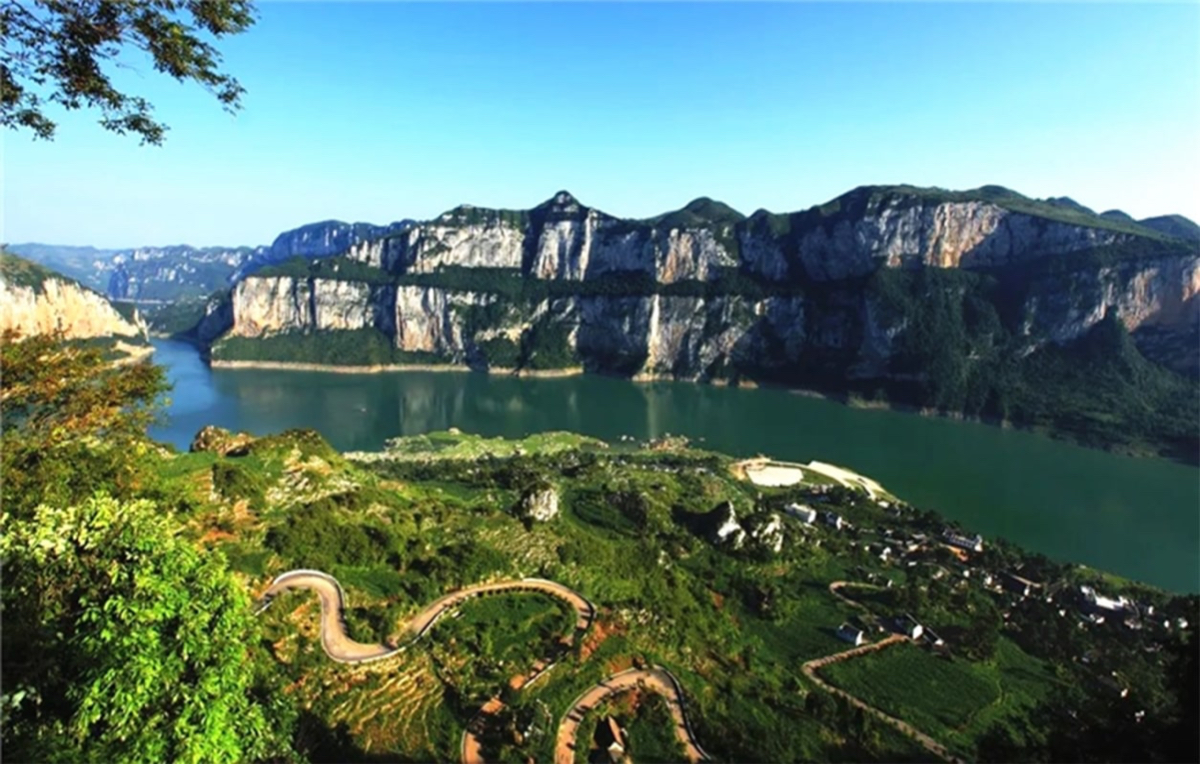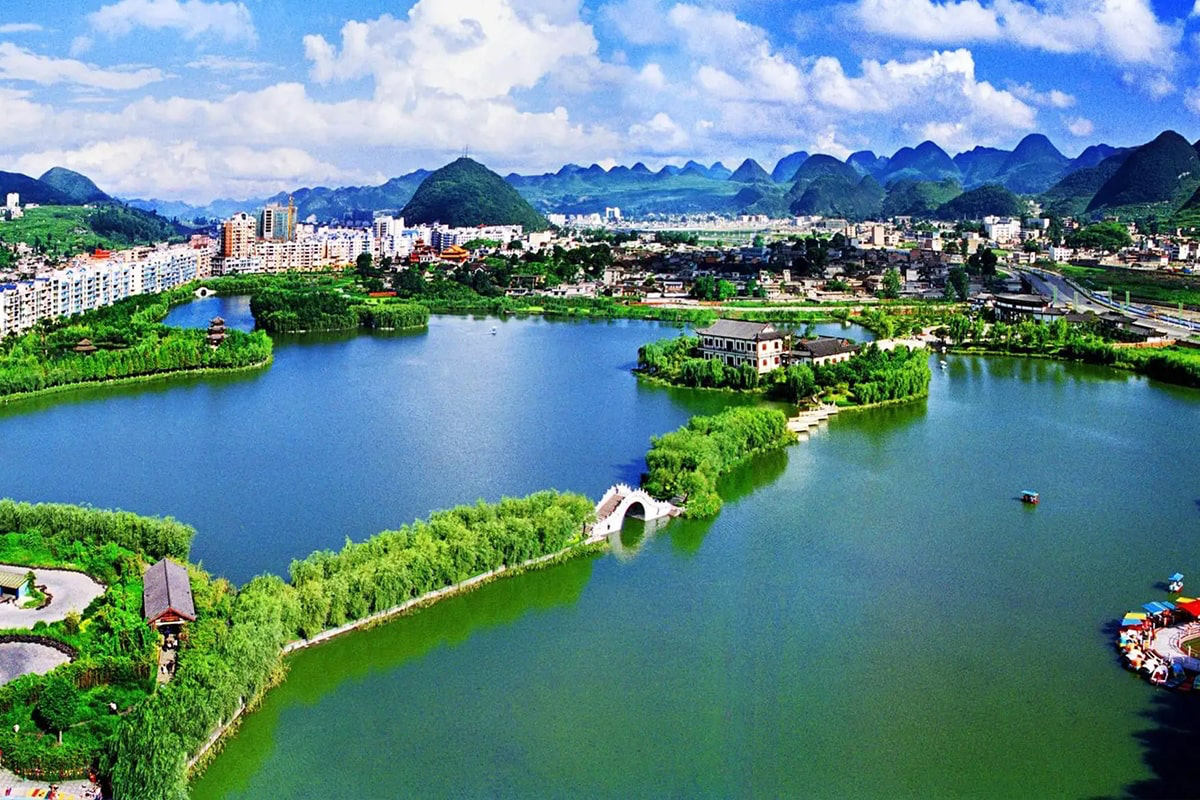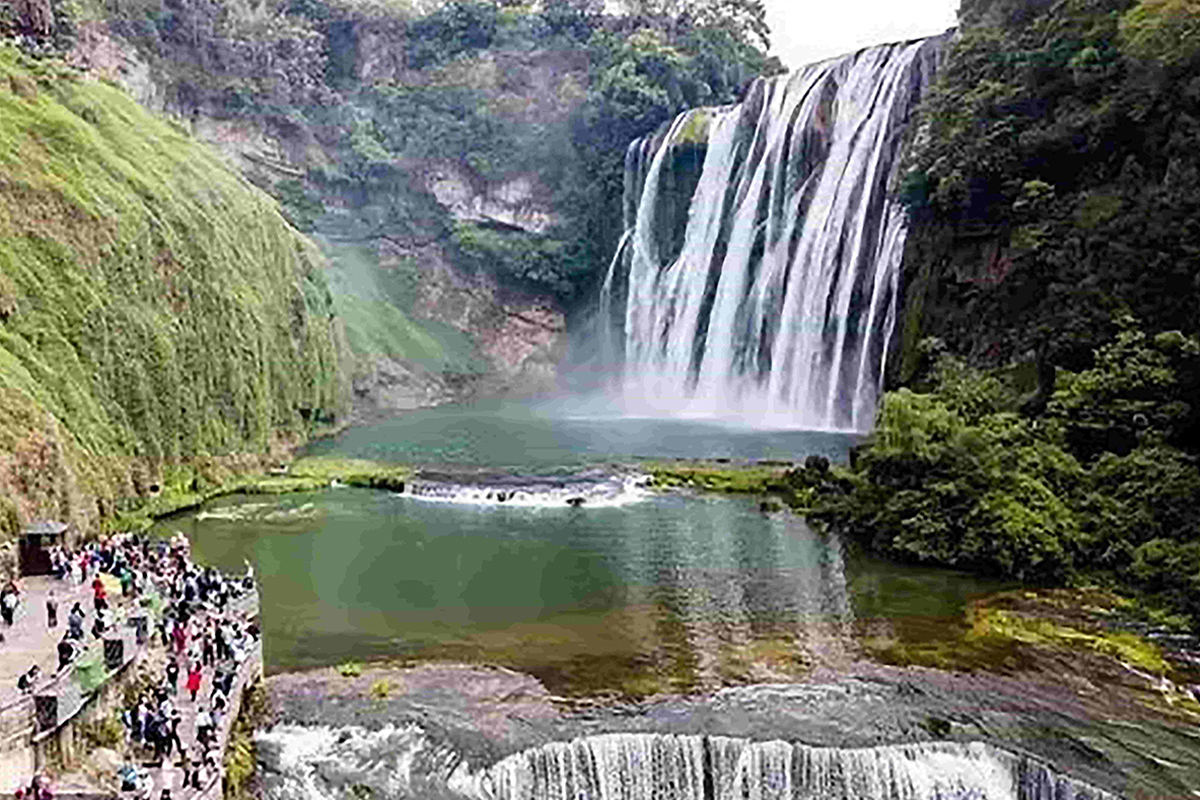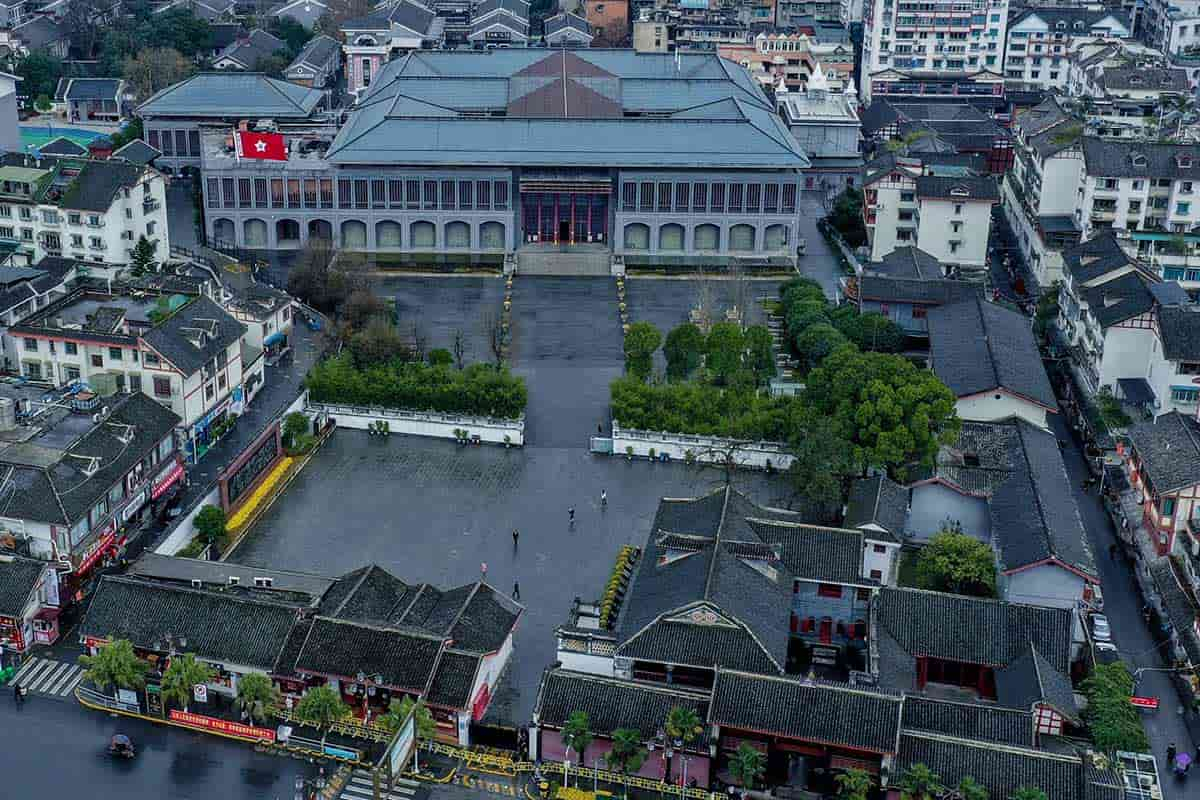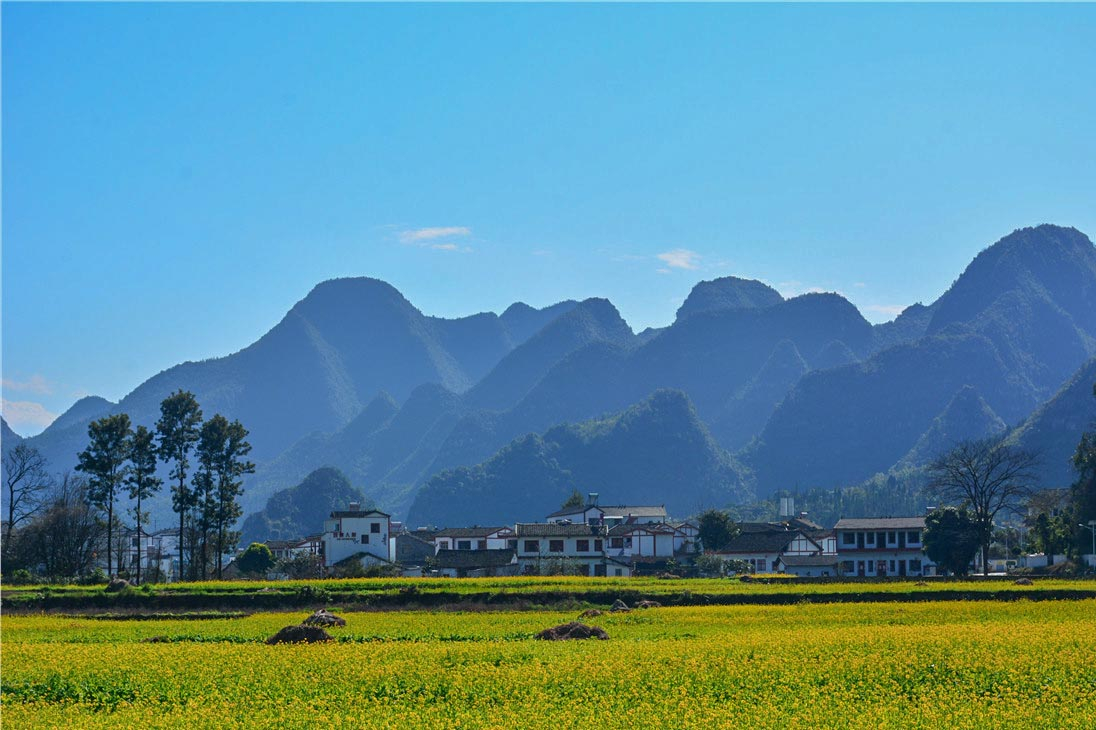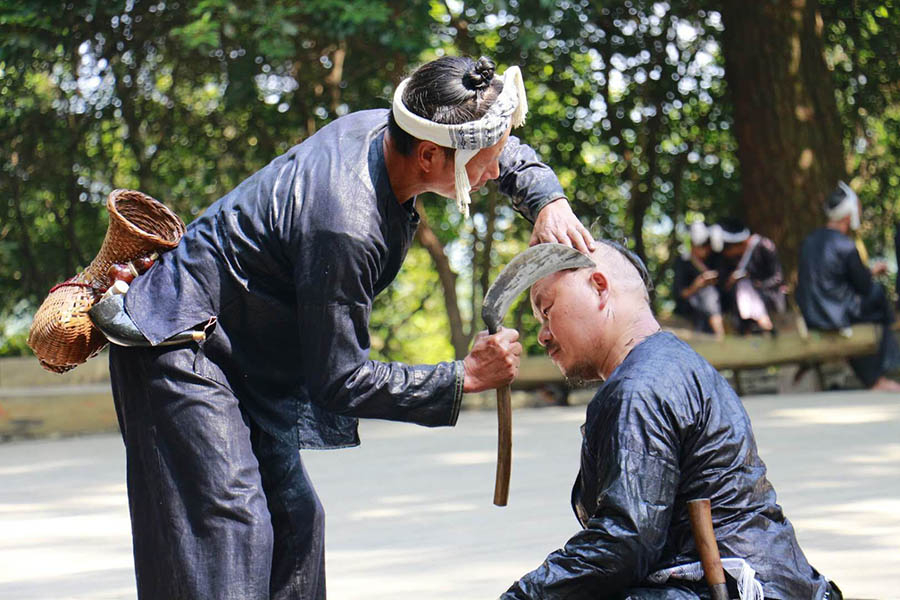A brief introduction of Qiandongnan Miao and Dong Autonomous Prefecture

Qian Dongnan Prefecture, is an autonomous prefecture in the southeast of Guizhou province in the People's Republic of China.Qiandongnan lies in the transition area from Yunnan-Guizhou Plateau to hills and basins in Hunan and Guangxi. Karst and eroded landforms are widely distributed in the prefecture. Its general terrain is higher in the north, south and west while lower in the east.
Western and northwestern part of this prefecture is medium and low mountains, and its eastern and southeastern part has complex distributions of low mountains, hills and basins. On the whole, mountainous region occupies over eighty-seven percent of the prefecture's total area.It features magnificent mountains, elegant streams, warm weather, abundant resources and deep folk customs. The mountainous landscape is lined with terraced farm fields, the valleys dotted with villages made up of traditional wooden structures, and the local festivals burst with color.
Ethnic minorities in Qiandongnan have a population of 3,640,000, over eighty percent of the prefecture's total population. Miao and Dong minorities are the biggest groups, approximately 50% from the ethnic Miao group, and 30% from the ethnic Dong people. The colorful traditional festivals and local folk customs are the highlights of the prefecture. Road-block drinking is the first ritual when the hospitable Miao people welcome guests. From the foot to the gate of the village, there are usually twelve barriers with full dressed Miao youths pledging wine to visitors.
This area enjoys a subtropical humid monsoon climate bearing some features of plateau climate. Average temperatures of the coldest January and hottest July are respectively 5-8°C (41-46.4°F) and 24-28°C (75.2-82.4°F). The rainy season usually lasts from April to October, mainly concentrating on spring and summer. Visitors can visit there in spring, summer and autumn.
● Main Cities of Qiandongnan
Kaili City
Kaili, the capital of Qiandongnan Prefecture, is famous for the Miao and Dong ethnic culture. Many of the nearby villages inhabited by the ethnic minorities are worth trying. It is praised to be the 'town of a hundred festivals'. International Lusheng Festival held annually should be the grandest. The festival aims to show the ethnic cultural of the region as the birthplace of Lusheng, the reed-pipe wind instrument.
Congjiang County
The district of Congjiang lies at the southern end of Qiandongnan and Guizhou. As a city on the southeastern border of Guizhou, Congjiang is not only a major route between Guangxi province to the east and Guiyang to the northwest.
The entire small villages surround the ordinary county of Congjiang are typical of the architecture of ethnic groups such as Miao, Dong, Shui in Guizhou. Stone paths through fields, wooden bridges cross the peaceful rivers, drum towers rise towards the sky, wooden houses soar on several floors. So, there are many features that make the district of Congjiang distinctive of minority culture.
Congjiang is also in a special area, straddling the Yunnan-Guizhou Plateau and the mountains of Guangxi. Thus, the enchanting valleys, waterfalls, rivers, caves and karst peaks rise toward the sky forming a paradise for traditional villages of the region.
Liping County
Liping located in the southeast of Guizhou is famed as the ‘Town of Dong People’. It gathers many Dong Villages, which attract visitors to explore the interesting Dong culture. Zhaoxing Dong Village, being one of the largest Dong villages in Qiandongnan, is renowned for the traditional Dong drum towers and bridges. The quiet and peaceful rural life in Yandong Dong Village and the impressive terrances in Tang'an Dong Village are also amazing.
Zhenyuan County
With a history of more than 2,200 years, Zhenyuan Ancient Town boasts many historical relics especially the unique architecture complex on the cliff. The Green Dragon Cave (Qinglong Cave) on the cliff of Zhonghe Mountain in the east of Zhenyuan is a must-see site. Delicate structures like the Zhongyuan Temple, Ziyang Academy and Wanshou Palace are built on the 80 meters (262 feet) high and 300 meters (984 feet) long cliff. A cruise on the Wuyang River running through the town and a hiking to the picturesque Tiexi River Scenic Area are also recommended.
Rongjiang County
Rongjiang, in the southeastern region of Guizhou province had a similar appearance to modern Chinese towns. However, it serves as the base of surrounding Dong villages. A half an hour walk to the east of Rongjiang are the Chejiang Dong villages. They are three villages of varying sizes, among which Zhanglu village is the well-known as the cradle of the standard Dong dialect.
- HOTEST
- RECOMMEND
